San Angelo, TX — Homelessness remains a complex issue influenced by economic hardships, mental health struggles, and societal neglect. The persistent challenge of the 14th Street Homeless camp prompted a series of visits, which provided adequate time among residents, allowing me to learn about their personal experiences and struggles along with the camp's inner workings. Consequentially, the root of the problem was identified and a potential solution emerged. The proposed solution presents a holistic approach to breaking the cycle of despair and a treatment plan for the disease of the mind.
The truth is, we can't save everyone. The truth is we can save more. The homelessness problem is not "unsolvable." After careful analysis and consideration, I believe that a higher percentage of San Angelo's homeless population can be reintegrated back into society and become powerful advocates who inspire change with their testimonials of how they overcame adversity.
Identifying the Root Cause: "Disease of the Mind"
At the heart of the issue lies a pervasive negative thought pattern that entraps individuals in a cycle of hopelessness. Stripped of dignity, the homeless population at the camp reflects Maslow's Hierarchy at its base level, where survival needs dominate. Intriguingly, the camp showcases a strong sense of community, emphasizing the disparity between societal progression and the vital role of community support.
People currently experiencing homelessness can't identify their life’s purpose, they are stripped of their dignity, and they are consumed with a constant battle to satisfy their most basic human needs (safety, food, water, survival) according to Maslow's Hierarchy. They are absorbed into the underworld, a faceless statistic and former members of a society that no longer places importance on those who have fallen through the cracks and have reverted to Maslow's base level. At some point, something happens to a community when it progresses onto Maslow's 2nd and 3rd levels.
Maslow's Hierarchy of Needs— A Unique Juxtaposition of Societies
Maslow's Hierarchy of Needs: In the realm of psychology, Maslow's hierarchy of needs serves as a motivational theory, presenting a structured model of human needs arranged in a five-tier pyramid. This pyramid encompasses five hierarchical levels: physiological, safety, love/belonging, esteem, and self-actualization. The theory posits that meeting lower-level basic needs, such as sustenance, safety, and security, is a prerequisite for addressing higher-level needs within the hierarchy. This hierarchical structure underscores the sequential nature of human needs fulfillment
There’s a point in which individualism, privacy, and social importance overtake the desire to protect and care for your neighbor, ensuring they don’t go without their most basic of needs (shelter). It’s very interesting to note that the lower the society Falls on Maslow‘s hierarchy, the greater the importance placed on community support. As we evolve and our needs progress, we become more isolated and selfish, and in my opinion callous, ruthless, and unfulfilled.
One of the more fascinating discoveries made at the 14th Street Homeless camp was the strong sense of community and genuine respect and care for one another, shared by every single resident. Camp residents emphasized the importance of a united community and a shared sense of belonging, which was continuously referred to as “feeling like family.” They repeatedly gave examples of how residents look out for one another and provide each other with food, heat, shelter, and other necessities. Strange how the most basic survival needs facilitate community involvement and support and interpersonal bonds between people who need to belong.

Navigation Day in San Angelo

Homeless Navigation Day Services
(Credit: Concho Valley Community Action Agency)
The Proposed Solution — Reintegration Coaching
To tackle the root cause, a Reintegration Coaching program is proposed. Trained volunteers will lead evidence-based small-group coaching sessions, aiming to instigate a gradual psychological shift. The program's objectives include the restoration of self-worth, optimism, and dignity, empowering participants to take responsibility for altering their circumstances.
Homelessness mentors/coaches work to implant seeds of optimism and hope in the minds of participants, temporarily breaking the cycle, and allowing them to replace negative thought patterns with positive ones. By incorporating an evidence-based methodology throughout personalized reintegration action plans, program directors and leaders help participants gradually build momentum by completing modules, which increases self-worth and self-confidence along the way, advancing them ever closer toward the desired psychological shift.
The philosophy behind this proposed solution can be explained by the Biblical parable told by Jesus, "Give a man a fish, feed him for a day, teach a man to fish, feed him for a lifetime."
Quantitative and Qualitative Data Collection
Many people are jaded by homelessness and view the problem as unsolvable and make the generalization that all people experiencing homelessness are drug addicts and alcoholics who have chosen their circumstances and cannot be helped. They see them as "throwaways." The truth is, that a percentage of people who are homeless do not want assistance and have made a conscious choice to live "off the grid" and operate below normal society. This program is not for those people. This program is for a percentage of the homeless population that falls into a specific category. This is why it is imperative to conduct polls to collect data to categorize the homeless population based on their primary contributing factor, such as mental illness, economic hardship, asylum seekers, etc.
I believe there is a percentage of the homeless population in San Angelo that can be saved and would be receptive to assistance and have a higher probability for success. These individuals are those who have "fallen through the cracks, due to economic hardship primarily those who are paralyzed by the negative through pattern cycle.
Recognizing the diverse factors contributing to homelessness, the proposed solution leverages existing programs, such as Navigation Day. Through polls conducted within homeless hotspots, a tailored strategy for each participant who meets specific criteria will be developed. The emphasis remains on practicality, utilizing available resources without imposing additional financial burdens.
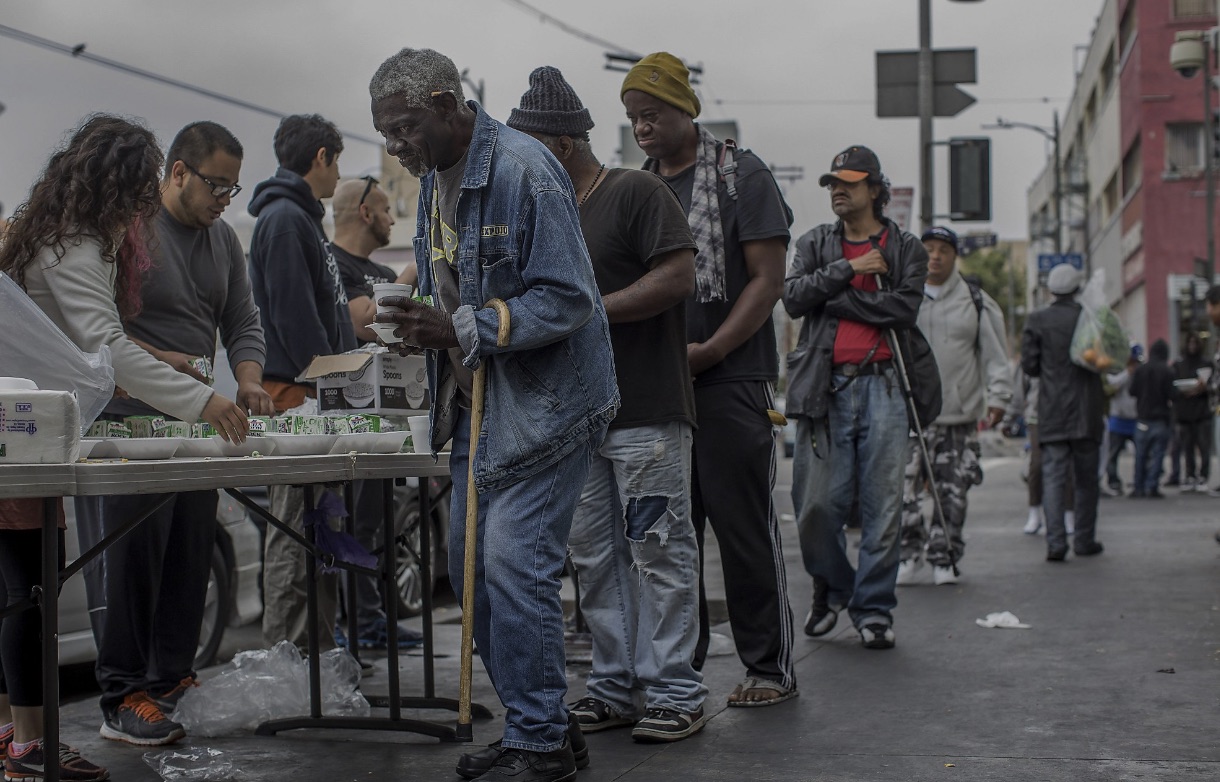
Possible Solution to help reduce Homelessness
(Credit: Funcheap.com)
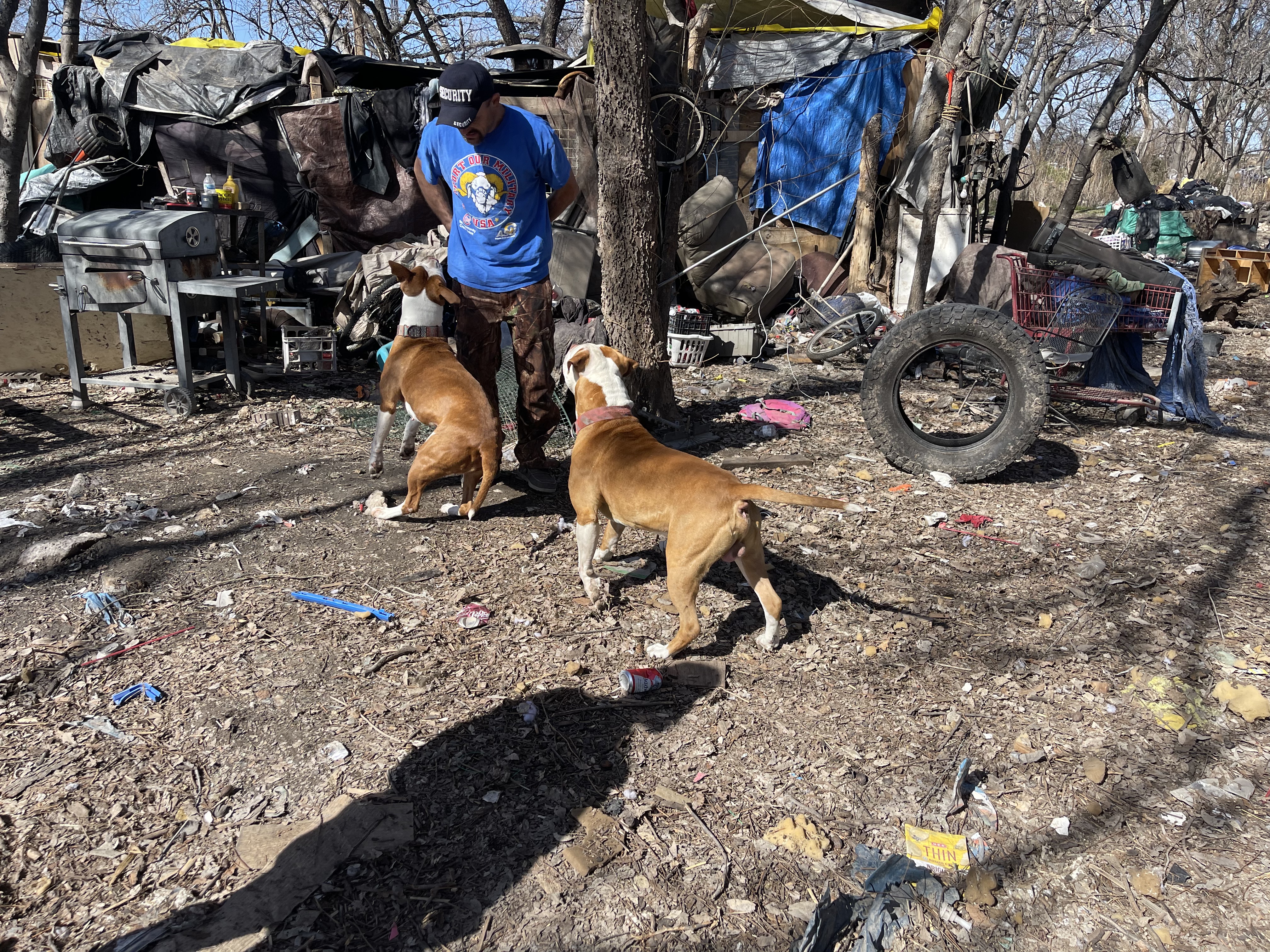
Dog tricks
(Credit: SA LIVE, Matt Cutrer)
An Evolving Independent Entity — For the Homeless, By the Homeless
Looking towards the future, the envisioned goal is to establish self-governing, self-sufficient homeless communities, free from external influence. Existing organizational structures within the homeless community, evident in designated roles and officials, could serve as a foundation for nationwide implementation, fostering autonomy and resilience.
Initially, the City and the Coalition would spearhead the project and use qualified mentors/coaches to guide small groups within the homeless camp. Eventually, those who complete the program and reintegrate into society will assume leadership roles within the program and use their experience, strength, hope, and wisdom to mentor other people within the camp. Just as alcoholics and drug addicts are inarguably and unequivocably more successful with sponsors who are passionate about keeping what they have earned by giving back. Who else has more expertise and is well-equipped and prepared to help others who suffer from the same affliction? Therefore, mentors should be ex-homeless people who have successfully reintegrated into society, and the program should be driven by like-minded individuals who share a passion for overcoming homelessness.
The end-game goal would be for homeless populations to become self-governing, self-sufficient, without outside influence or interference, non-reliant on government or political or business affiliation, and with a set of non-negotiable principles that exist to increase success rate and reduce recidivism. Residents within the camp have designated roles and officials who are in charge of speaking to the city, to the police department, and to other organizations.
Conclusion — Call to Action
This article serves as an introductory exploration, urging the Concho Valley Homeless Planning Coalition to assess the proposed solution's potential effectiveness. A call for further investigation, supported by an in-depth analysis, aims to pave the way for transformative change. San Angelo stands at a crossroads, ready to embrace innovative strategies that prioritize the dignity, community, and lasting reintegration of its homeless population. The time is ripe for collective action and a reevaluation of existing approaches to ensure a brighter future for those experiencing homelessness in San Angelo. The goal is for this program to help reduce homelessness in San Angelo and the hope is for it to grow legs of its own and help many more across the nation.
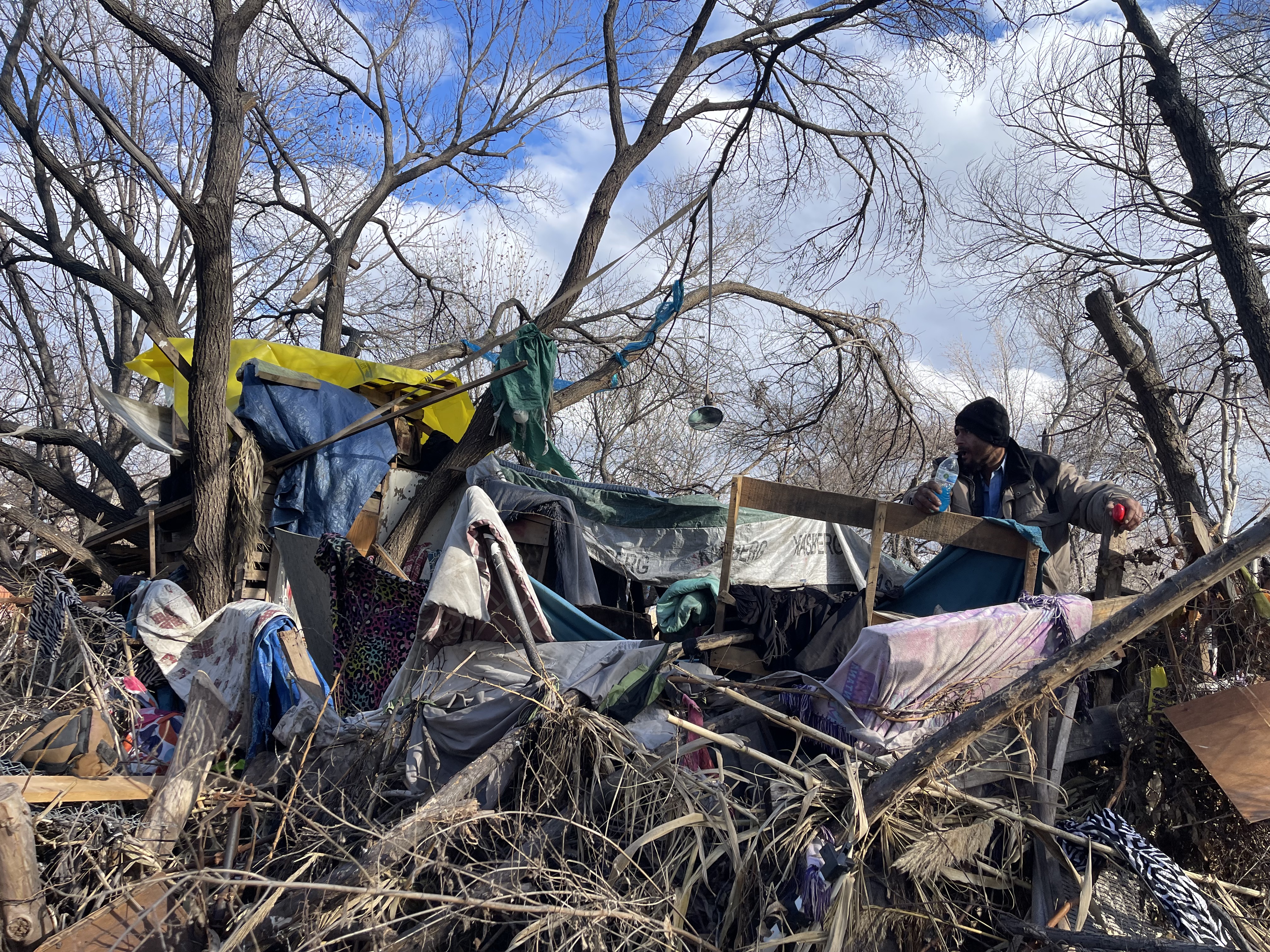
Tree House in the Homeless Camp on 16th
(Credit: SA Live, Matt Cutrer)
Subscribe to the LIVE! Daily
Required


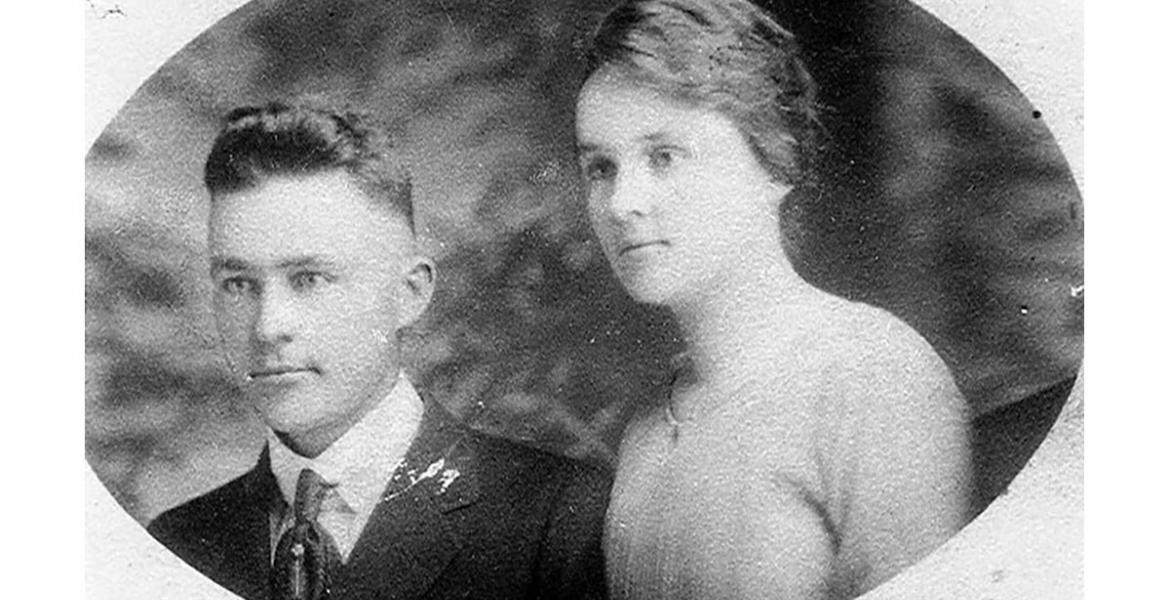
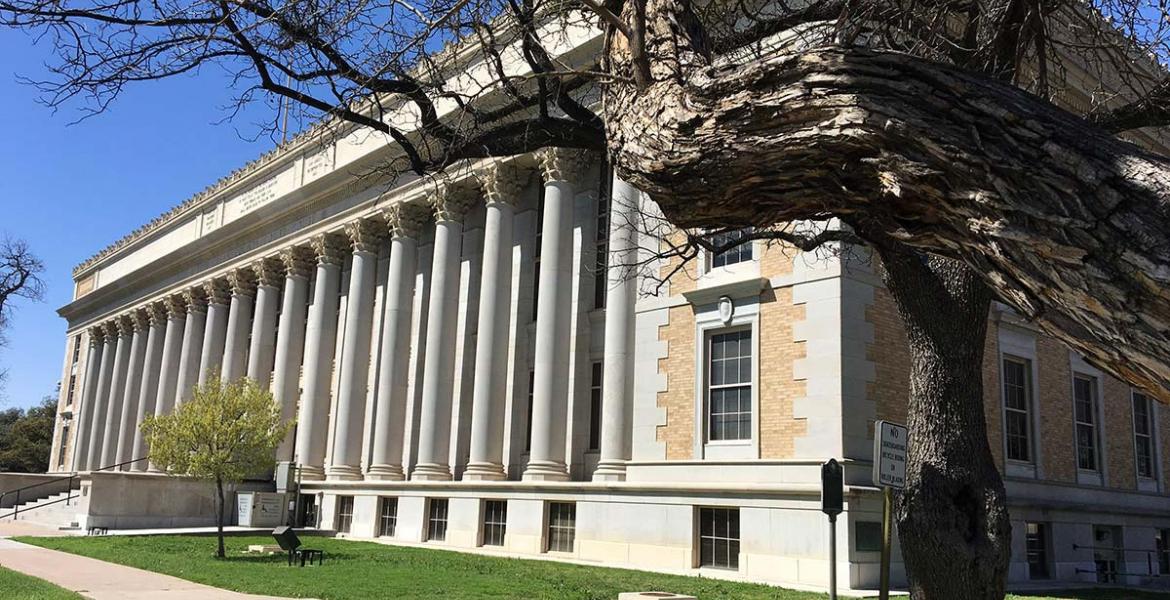


Post a comment to this article here: